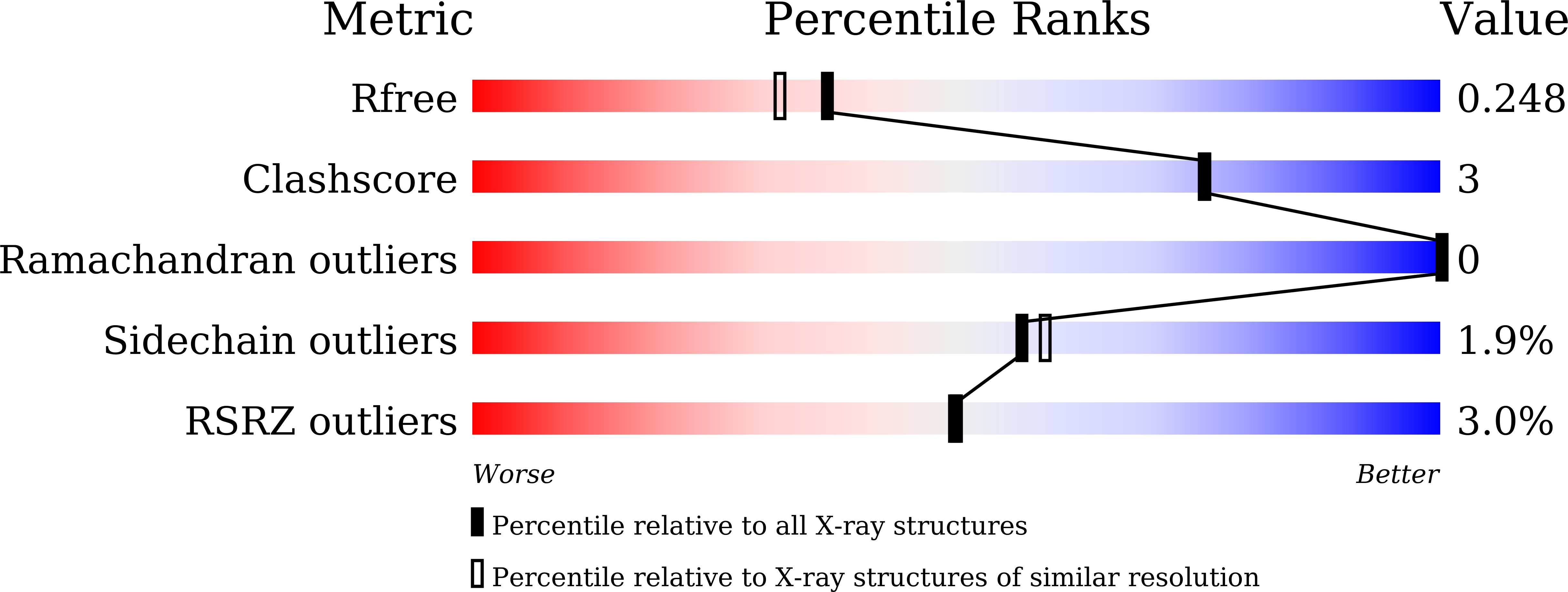
Deposition Date
2021-03-15
Release Date
2022-03-16
Last Version Date
2023-11-29
Entry Detail
PDB ID:
7ED9
Keywords:
Title:
Crystal structure of selenomethionine-labeled Thermus thermophilus FakA ATP-binding domain
Biological Source:
Source Organism:
Host Organism:
Method Details:
Experimental Method:
Resolution:
2.02 Å
R-Value Free:
0.24
R-Value Work:
0.22
R-Value Observed:
0.22
Space Group:
P 43 21 2


